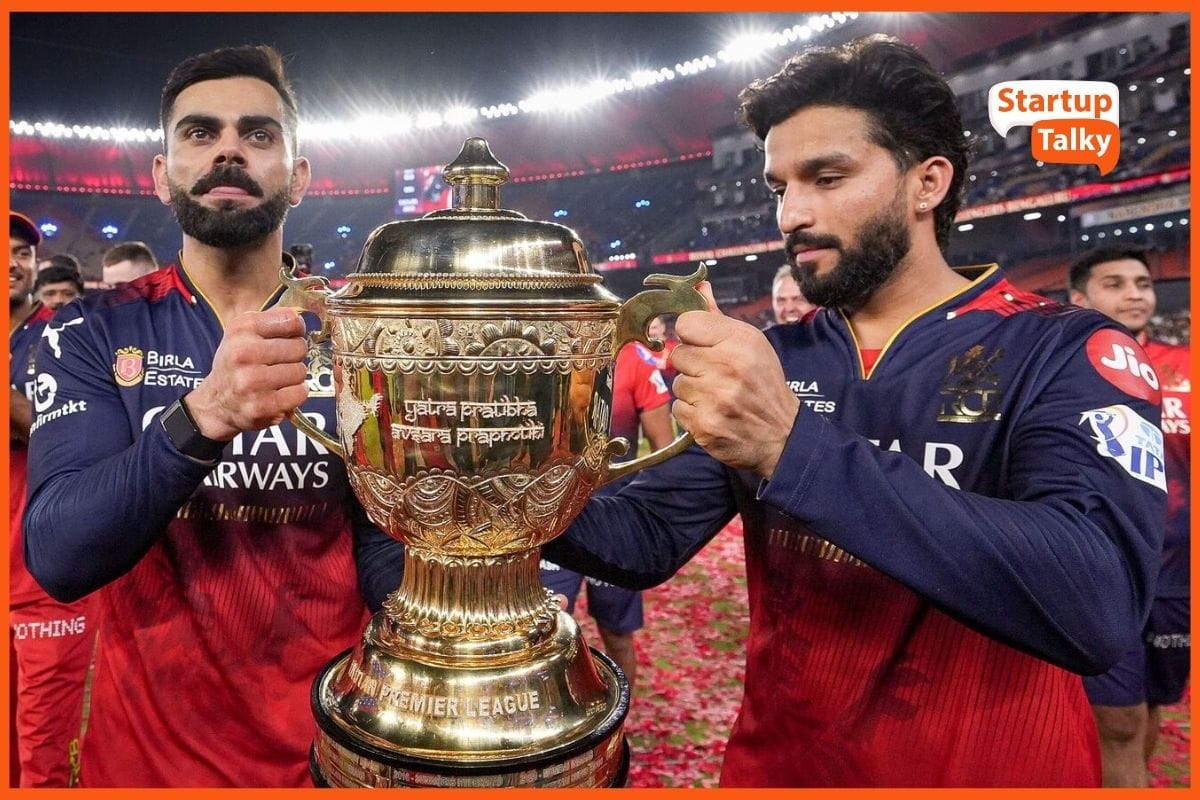Closed-Loop Marketing: How It Works and Helps Boost ROI
📖 Learning
Marketers frequently struggle to get a comprehensive picture of how marketing efforts affect ROI. A whopping majority of digital marketers are unsure about their capacity to measure it. This scenario is usually due to an inadequate understanding of how customers interact throughout the purchasing journey, particularly toward the bottom of the funnel.
Despite how intertwined their jobs are, there is a tremendous mismatch between sales and marketing teams in many firms. This situation creates dark spots in the customer experience for bottom-of-the-funnel phases, making it hard to see how marketing actions help secure sales.
If marketing teams are serious about proving ROI, they must combine marketing and sales analytics to gain a holistic picture of the sales funnel. Closed-loop marketing is a framework that allows you to accomplish precisely that. This data-driven marketing strategy allows the organization to target a variety of client segments with a message that increases potential and current customer sales and income. Now, much of the process may be automated with new web marketing tools, allowing the organization to reach the largest possible public more reliably and cost-effectively.
In this article, we'll explore what closed-loop marketing is, how it works, and how it can help you maximize your marketing ROI.
What Is Closed-Loop Marketing?
How Closed-Loop Marketing Works
Benefits of Closed-Loop Marketing
What Is Closed-Loop Marketing?
Closed-loop marketing is a marketing strategy that collects and analyzes data from various marketing channels, such as social media, email marketing, and website analytics, to understand how each channel contributes to generating leads, converting leads into customers, and driving revenue. The goal of closed-loop marketing is to identify which marketing efforts are working and which are not and to use this information to optimize marketing campaigns and improve ROI.
The "closed-loop" part of the name refers to the process of feedback and communication between the marketing and sales teams. By sharing data and insights, these teams can gain a better understanding of how customers interact with the company at every touchpoint, from the first website visit to the final purchase decision. This enables them to tailor their messaging and tactics to meet customer needs and improve overall performance.
E-detailing is a specific tactic that can be used as part of a closed-loop marketing strategy. It involves using interactive digital tools, such as videos, animations, and virtual tours, to educate and engage customers during the sales process. By using e-detailing, sales representatives can better understand customer preferences and needs and provide personalized solutions that meet those needs.

How Closed-Loop Marketing Works
Closed-loop marketing is a strategy that relies on data and analytics to optimize marketing efforts and improve ROI. The process involves setting measurable marketing goals aligned with business objectives, collecting data from various channels, analyzing the data to identify opportunities for improvement, testing, and refining tactics, and sharing insights between marketing and sales teams to create a feedback loop.
Closed-loop marketing can be extremely useful for businesses to improve customer engagement and ROI. Here are the steps in which it typically works:
Set Goals
The first step is to establish marketing goals that are measurable and aligned with business objectives. These goals could be related to lead generation, customer acquisition, revenue growth, or other performance metrics.
Collect Data
The next step is to collect data from various marketing channels, such as social media, email marketing, website analytics, and customer relationship management (CRM) software. This data should be comprehensive, accurate, and up-to-date.
Analyze Data
Once data is collected, it should be analyzed to understand how each marketing channel is contributing to the overall marketing and sales performance. This could involve using data visualization tools, dashboards, and reports to identify trends, patterns, and insights.
Identify Opportunities
Based on the analysis, opportunities for optimization and improvement should be identified. These could include adjusting messaging, targeting, or tactics for specific channels, or investing more resources into channels that are performing well.
Test and Refine
To determine the effectiveness of changes, experiments should be conducted using A/B testing or other methods. Results should be monitored and analyzed to determine if the changes made are having the desired impact on marketing and sales performance or not. This will help you better adjust your strategy as per the set goals.
Report and Share
Finally, marketing and sales teams should share insights and results with each other to create a feedback loop. This will help both teams stay aligned and make informed decisions based on the data and insights.
By following these steps, closed-loop marketing can therefore help businesses better understand their customers, improve the effectiveness of their marketing campaigns, and ultimately drive revenue growth.

Benefits of Closed-Loop Marketing
All marketing activities targeted at clients across a company's business platforms and channels are referred to as closed-loop marketing. Consumers today have more alternatives than ever before for locating, researching, and purchasing the products and services they desire. So, marketers need to take advantage of closed-loop marketing to comprehend their clients' purchase preferences and produce higher-impact marketing messages by employing a variety of physical and digital analysis tools.
Closed-loop marketing can be extremely beneficial for businesses. Here are the various benefits:
Data-Driven Decision Making
Closed-loop marketing allows businesses to collect and analyze data from various marketing channels, enabling them to make informed decisions based on data insights rather than guesswork or assumptions.
Improved ROI
By optimizing marketing campaigns based on data analysis, closed-loop marketing can help businesses achieve better ROI on their marketing investments.
Better Customer Understanding
Closed-loop marketing enables businesses to better understand their customers by tracking their behavior across multiple touchpoints, identifying their preferences and needs, and providing them with personalized experiences.
Marketing and Sales Coordination
Closed-loop marketing fosters better communication and collaboration between marketing and sales teams, enabling them to work together to improve lead generation, lead nurturing, and customer acquisition.
Continuous Improvement
Closed-loop marketing is a cyclical process that involves collecting data, analyzing it, and making changes to marketing campaigns based on insights. This continuous improvement process allows businesses to stay agile and adapt quickly to changes in the market or customer behavior.
More Effective Campaigns
By using data insights to optimize messaging, targeting, and tactics, closed-loop marketing can help businesses create more effective campaigns that resonate with their target audience and drive more conversions.

Conclusion
Thus, closed-loop marketing is a data-driven approach to marketing that emphasizes continuous feedback and communication between marketing and sales teams to improve customer engagement and ROI. However, before you begin implementing this plan, make sure you completely understand the cultural and technological requirements that will be imposed. Otherwise, the project may be phased out before the benefits of the closed-loop concept are realized.
FAQs
What is closed-loop marketing?
Closed-loop marketing is a marketing strategy that collects and analyzes data from various marketing channels to understand how each channel contributes to generating leads, converting leads into customers, and driving revenue.
What is the goal of closed-loop marketing?
The goal of closed-loop marketing is to identify which marketing efforts are working and which are not and to use this information to optimize marketing campaigns and improve ROI.
What are the benefits of closed-loop marketing?
The benefits of closed-loop marketing are:
- Data-Driven Decision Making
- Improved ROI
- Better Customer Understanding
- Marketing and Sales Coordination
- More Effective Campaigns
- Continuous Improvement
Must have tools for startups - Recommended by StartupTalky
- Convert Visitors into Leads- SeizeLead
- Website Builder SquareSpace
- Manage your business Smoothly Google Business Suite






